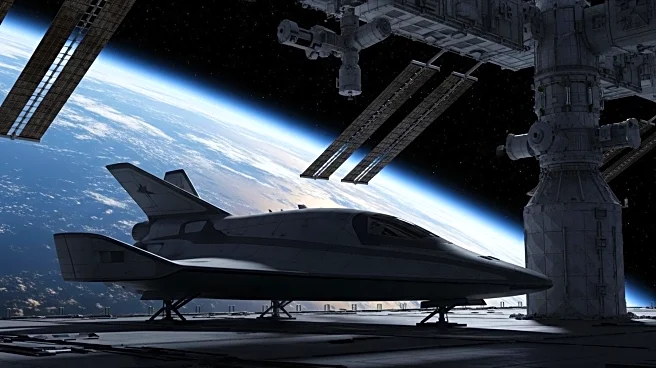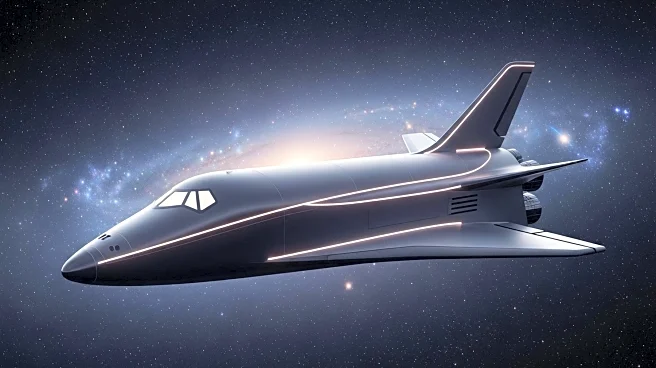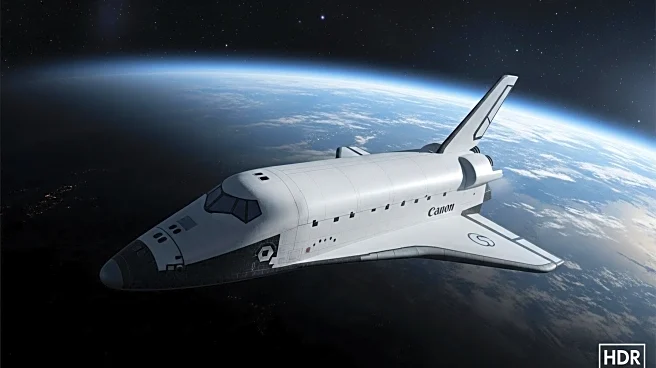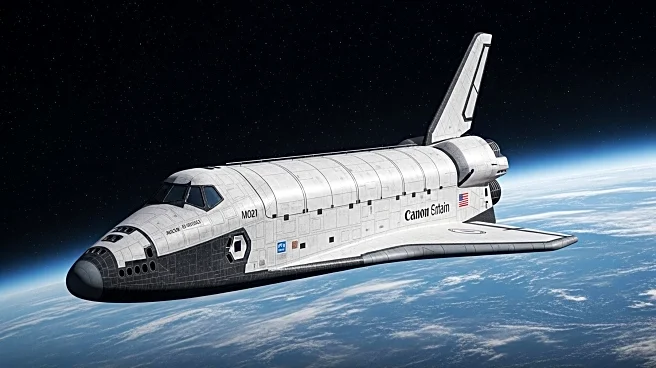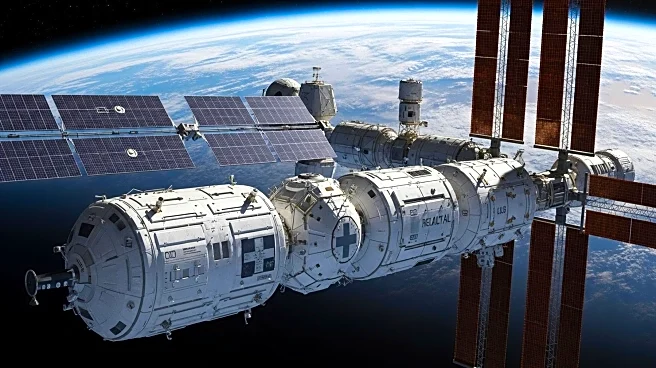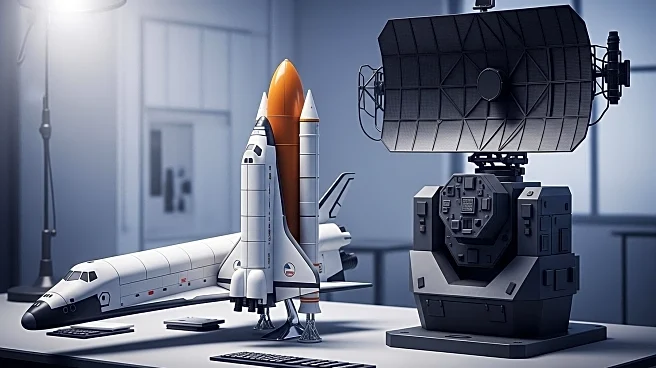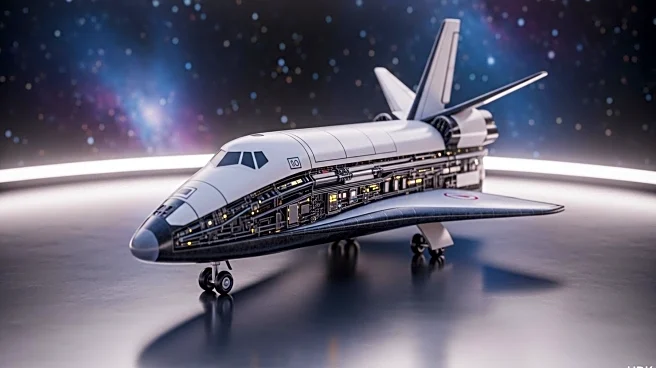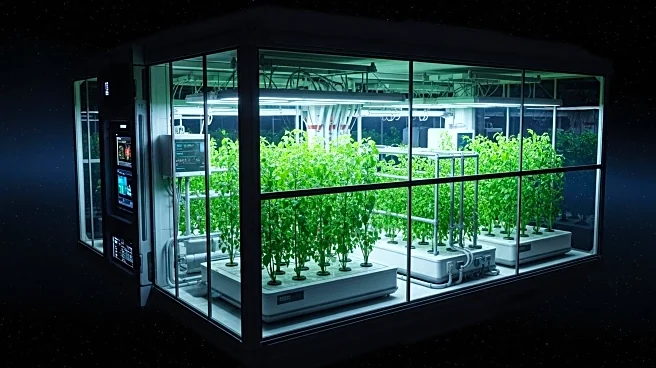What's Happening?
Sierra Space, a company known for its Dream Chaser spaceplane, is facing a significant shift in its business strategy following a modification to its contract with NASA. Originally, Sierra Space was contracted to deliver cargo to the International Space Station (ISS) using its innovative spaceplane, which promised rapid reuse and the ability to land on commercial runways. However, NASA has recently decided to remove its guarantee to purchase cargo flights to the ISS from Sierra Space. Instead, the Dream Chaser will undergo a free-flying demonstration in late 2026, without docking at the ISS. NASA will provide minimal support for this test and will decide afterward whether to order ISS resupply missions. This change poses a challenge for Sierra Space, as government support is crucial for such high-cost programs. The company now needs to rebrand and reposition itself to attract commercial space stations or defense customers.
Why It's Important?
The contract modification is a critical development for Sierra Space, as it impacts the company's financial stability and strategic direction. With NASA's guaranteed income removed, Sierra Space must explore new markets and customers to sustain its operations. This situation highlights the challenges faced by aerospace companies in securing government contracts, which are often essential for funding expensive space projects. The shift also underscores the evolving landscape of the space industry, where companies must adapt to changing government priorities and prove their viability in commercial markets. Sierra Space's ability to pivot successfully could set a precedent for other space startups navigating similar challenges.
What's Next?
Sierra Space is expected to focus on demonstrating the versatility of the Dream Chaser spaceplane through its upcoming free-flying demonstration. The company aims to showcase the spaceplane's ability to host various payloads and perform different missions without docking at the ISS. Additionally, Sierra Space is pushing into the defense sector, as indicated by statements from its executive chair, Fatih Ozmen. The company plans to leverage Dream Chaser's unique capabilities to address national security priorities and emerging threats. As the ISS is slated for deorbit around 2030, Sierra Space has a limited timeframe to establish its spaceplane as a viable option for multiple customers.
Beyond the Headlines
The situation with Sierra Space reflects broader trends in the aerospace industry, where companies must be agile and adaptable to survive. The need for mid-program pivots is becoming more common as startups contend with shifting government priorities and the challenge of proving commercial markets before they exist. Sierra Space's focus on reusability and runway capability highlights the importance of flexibility in aerospace systems, which were traditionally designed for specific mission profiles. The outcome of Sierra Space's pivot could influence future strategies for other companies in the space sector.

